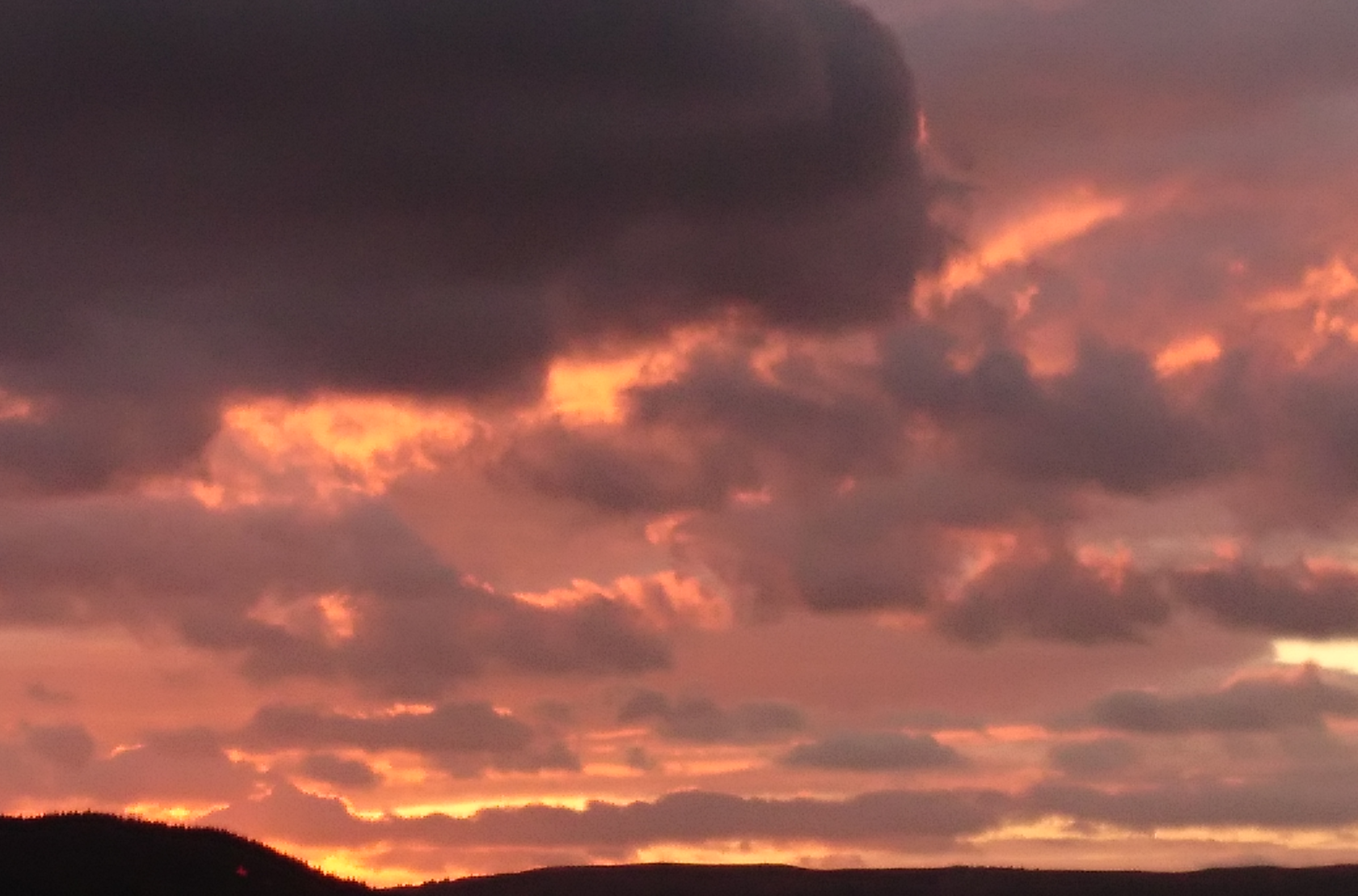
The House Without Windows
by Barbara Newhall Follett,
introduced and illustrated by Jackie Morris.
Penguin 2019 (1927)
This is one of the strangest books I ever remember having read: written a century ago by a precocious child of twelve, it doesn’t slip easily into any neat category. Neither fable or fairytale, morality tale or narrative of magical realism, it instead speaks of a yearning that supercedes any adherence to a life of accepted norms, a selfishishness that cuts itself free from social contact and familial ties.
And what is this windowless house? Why, it’s the great outdoors, Nature’s boundless domain; and this tale tells of a delight in the variety contained in the wild and — as the original subtitle announced — Eepersip’s Life There. Eepersip is a child of Nature, forsaking family and friends to dance and sing, and watch and listen, and merge with vegetation and living things and landscape in this house without boundaries, its ceiling the ever-changing sky.
In reality that yearning to be at one with wild creatures and natural elements was in part a reflection of the author’s own desires: after The House Without Windows was published, she even briefly tried the life of a cabin boy, using her experience in an adventure story (published as The Voyage of the Norma D.) on her return in 1928, when she was still just 14. The story of her own life reads as equally fantastical, but her first novel gives as good an impression of the vividness of her inner life.
Continue reading “The untamed heart”





